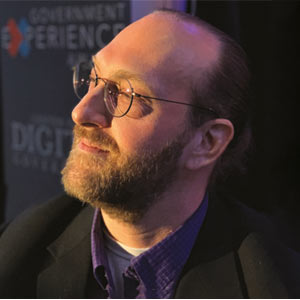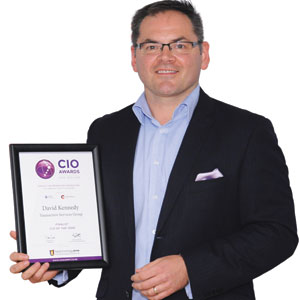THANK YOU FOR SUBSCRIBING
Editor's Pick (1 - 4 of 8)

Bhavya Kukrety, Associate Director, Meinhardt Group
With real time data for traffic prediction and navigation, frequency, and duration of trips—the carbon footprint can be reduced
Weekly Brief
I agree We use cookies on this website to enhance your user experience. By clicking any link on this page you are giving your consent for us to set cookies. More info
Read Also














